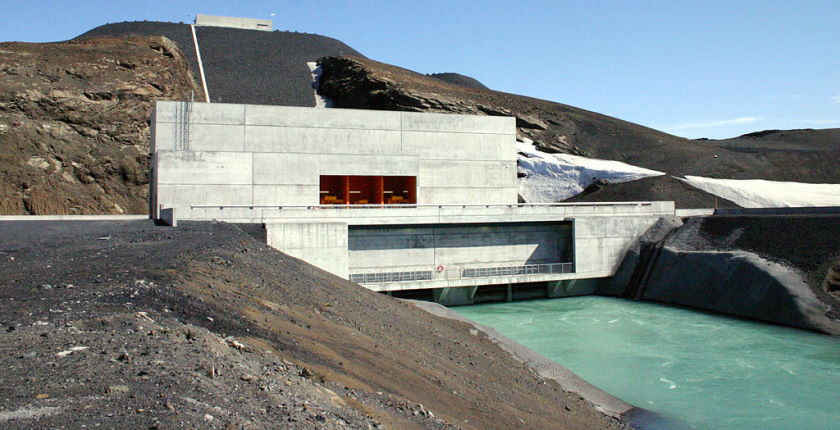
Norway is preparing a framework for limiting electricity exports at times when the levels of water in hydropower accumulations are low. There is also a small possibility of rationing the domestic power supply in the spring, but only for businesses, Minister of Petroleum and Energy Terje Aasland said.
Hydropower producers in Norway have already limited output in coordination with the government to save water, but upcoming rules will also enable export cuts. The European Union is trying to end its dependence on Russian fossil fuels. Some countries are counting on gas and electricity from Norway to bridge the gap though its capacity is limited.
The drought factor is making matters worse. Looking at this year’s lack of rain and waterflow, Norway must be ready to protect its power consumers and prioritize filling domestic reservoirs, Minister of Petroleum and Energy Terje Aasland said in parliament. He promised to draft the framework this week for a change in the way the country’s hydropower reservoirs are handled.
Norway must get used to dry spells and the European energy crisis, Aasland warned
There is little to suggest the energy crunch in Europe would end soon and climate change is forcing Norway to manage the lack of water with measures including export curbs, according to Aasland. Spring and summer have been dryer than usual in the country’s south, he noted.
The reservoirs in Norway are less than half full, even though the average for this time of year is 74.4%.
European power prices reach record highs
Electricity prices spiked in the main markets in Europe as investors calculated the risk of shortages and blackouts. The price of deliveries next year in France climbed to a record of over EUR 540 per MWh, compared to EUR 415 per MWh in Germany, which was also unseen before.
Water-saving measures kept significant amounts of energy stored in hydropower reservoirs
On the bright side, Aasland told lawmakers that reservoirs now have more water than what was forecasted for the beginning of autumn, storing “significant amounts of energy,” and attributed the progress to the coordinated electricity production cut. The minister warned electricity could get even more expensive without effective hydropower management as long-term insurance.
Norway’s hydropower system must be prepared for years with low inflows, he pointed out and compared saving water with the EU’s plan to cut gas demand by 15% by the end of March.
Rolling blackouts in spring wouldn’t affect Norwegian households
“For the first time in many years, we cannot completely rule out a period of electricity rationing in the spring. But our professional authorities emphasize that the probability is low. And if we were to end up in such a situation, it would probably apply for a limited area in country for a few days or a few weeks in April, May, and it would primarily affect businesses,” Aasland underscored and claimed households would be protected.
The upcoming hydropower management mechanism would be triggered when the level of water in reservoirs becomes low, he said.
The minister reminded the members of parliament of the interlinkages with the energy systems of Sweden, Denmark, Germany, the United Kingdom, Finland and the Netherlands. The cooperation mustn’t stop, in his view. For instance, last week 61 GWh of electricity was imported to the southern Norway region, Aasland said.
The Cornwall Insight consultancy projected that annual power and gas costs for households in the UK would increase 70% in October. The island country is connected to Norway with a 1.4 GW undersea cable and it draws electricity from hydropower plants when production in British wind farms is low.